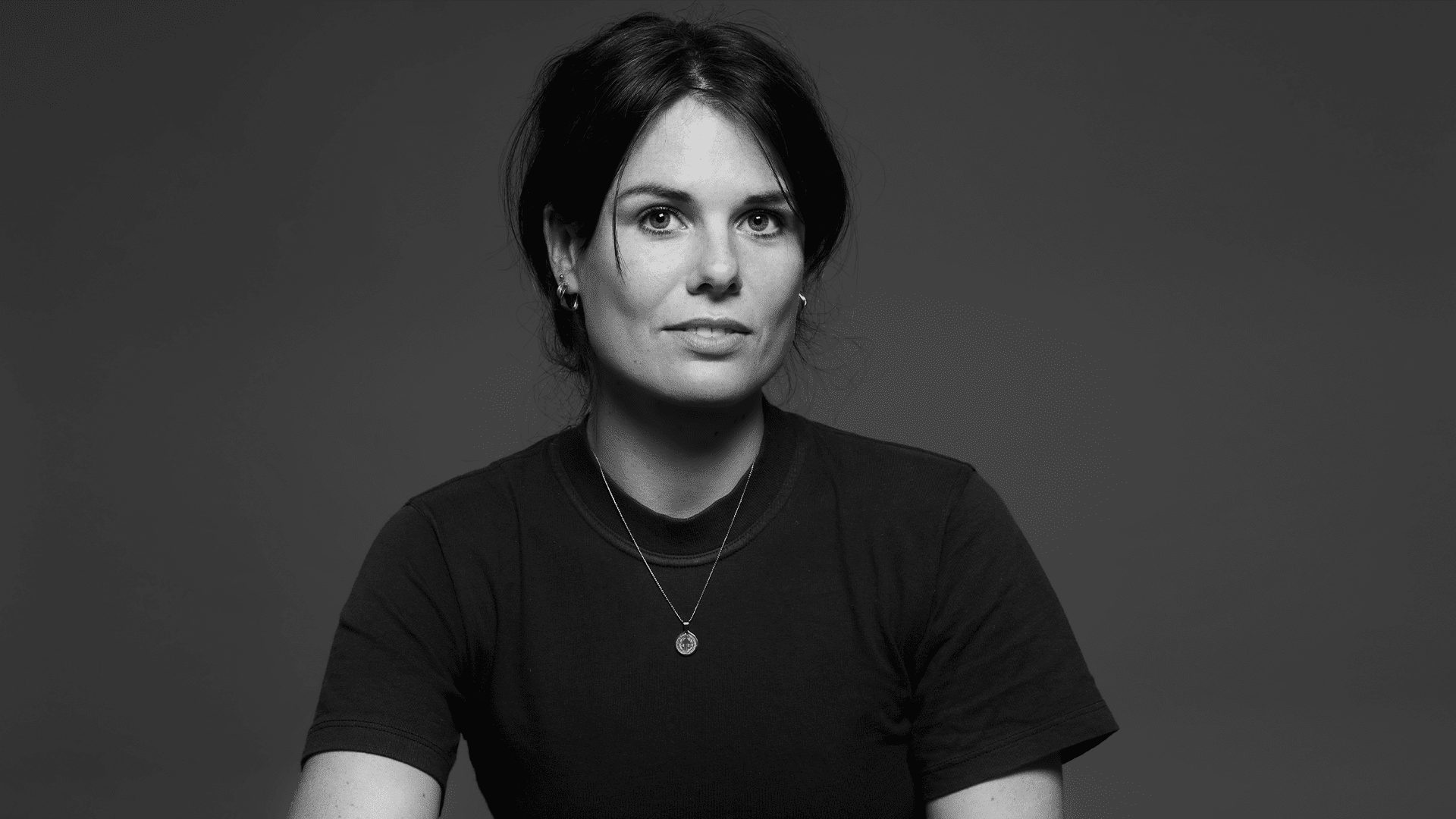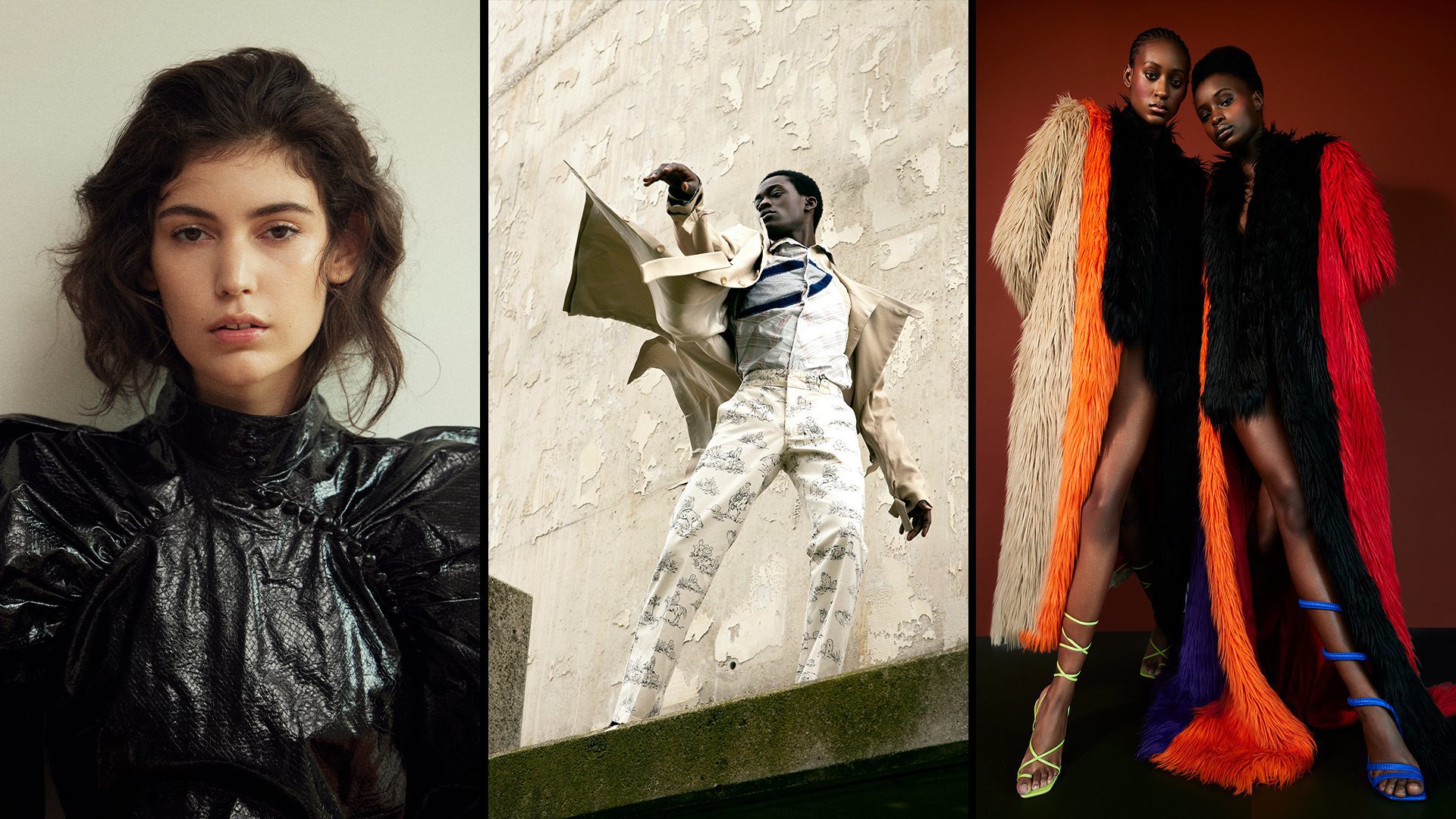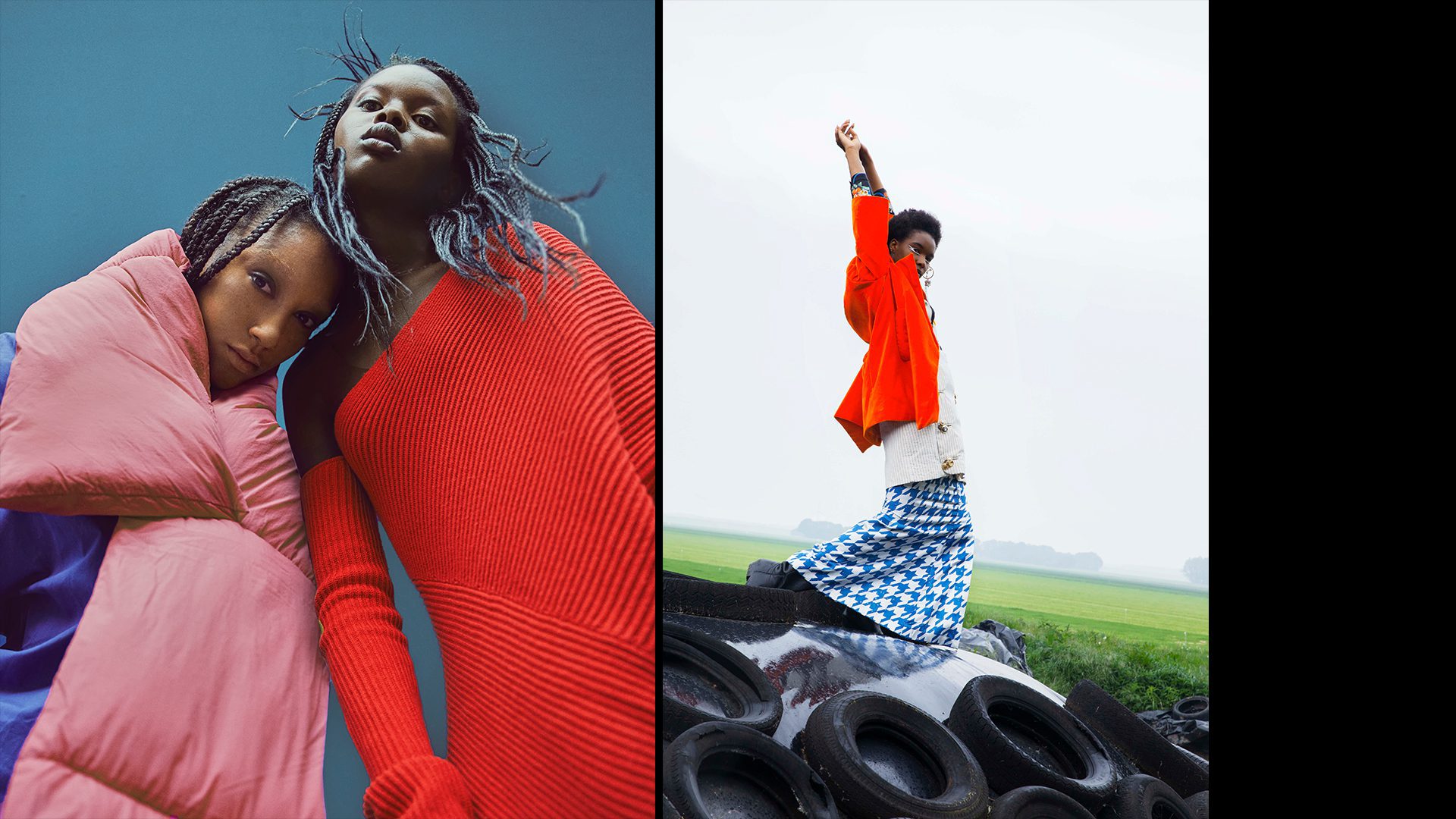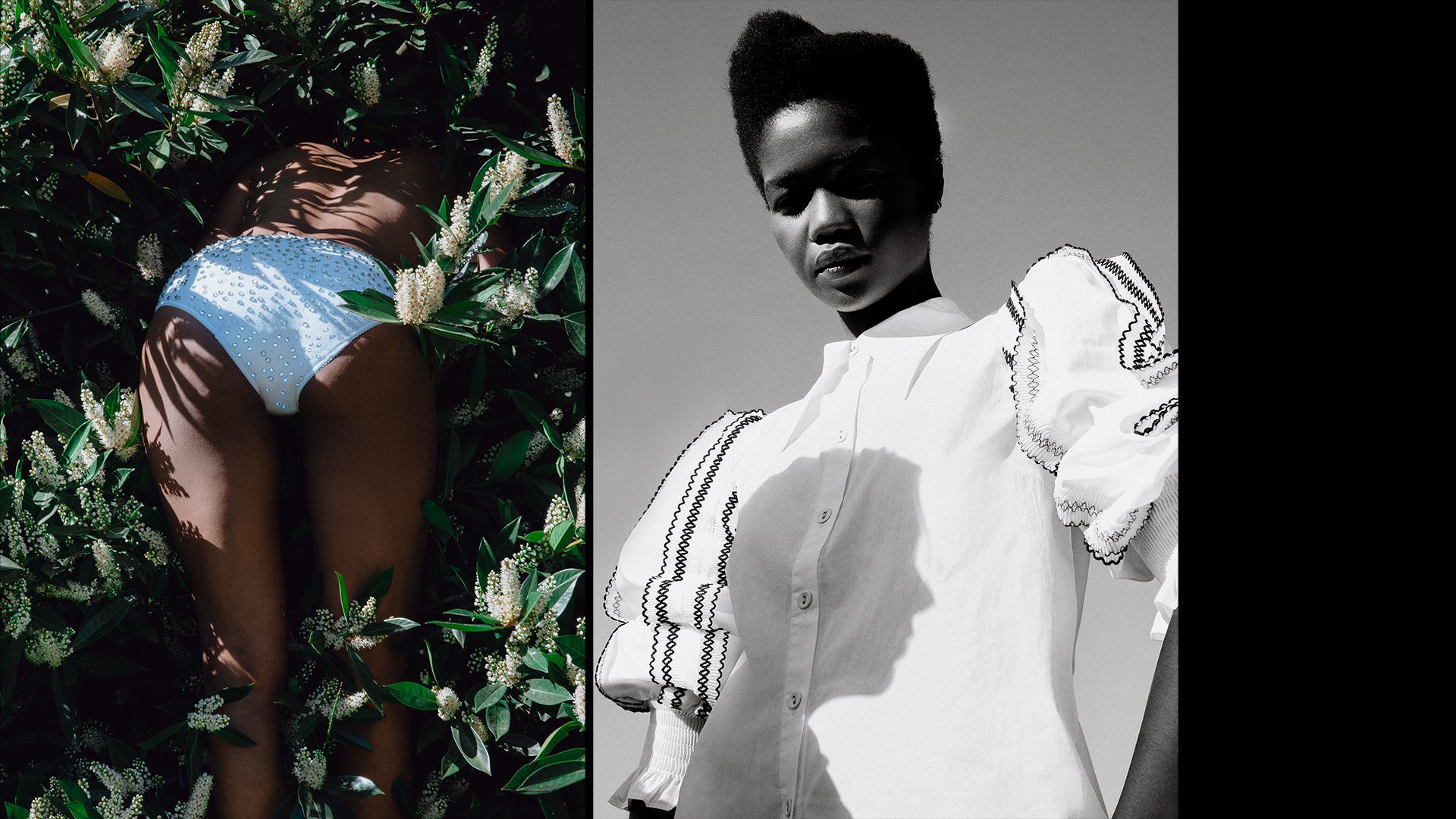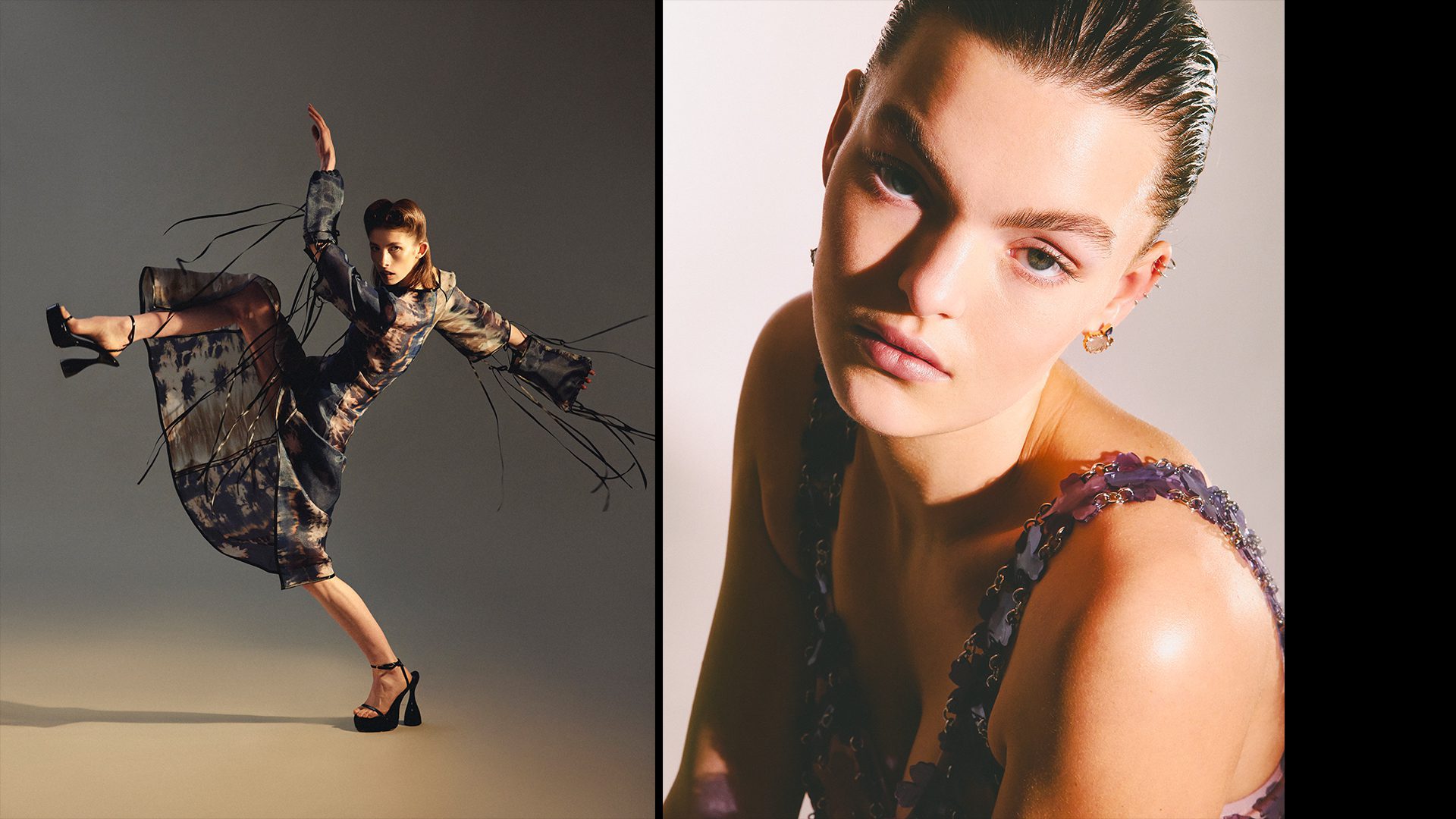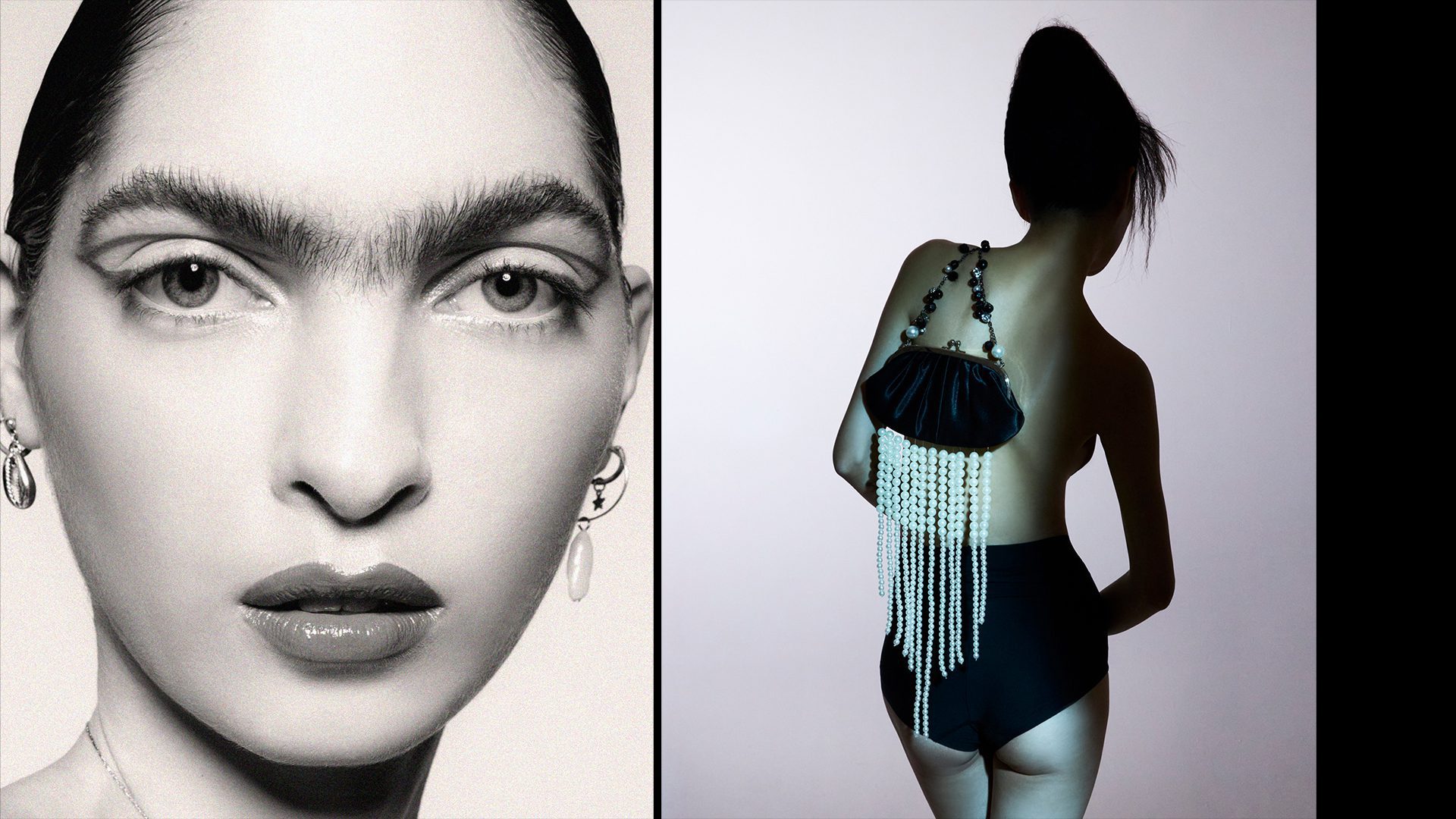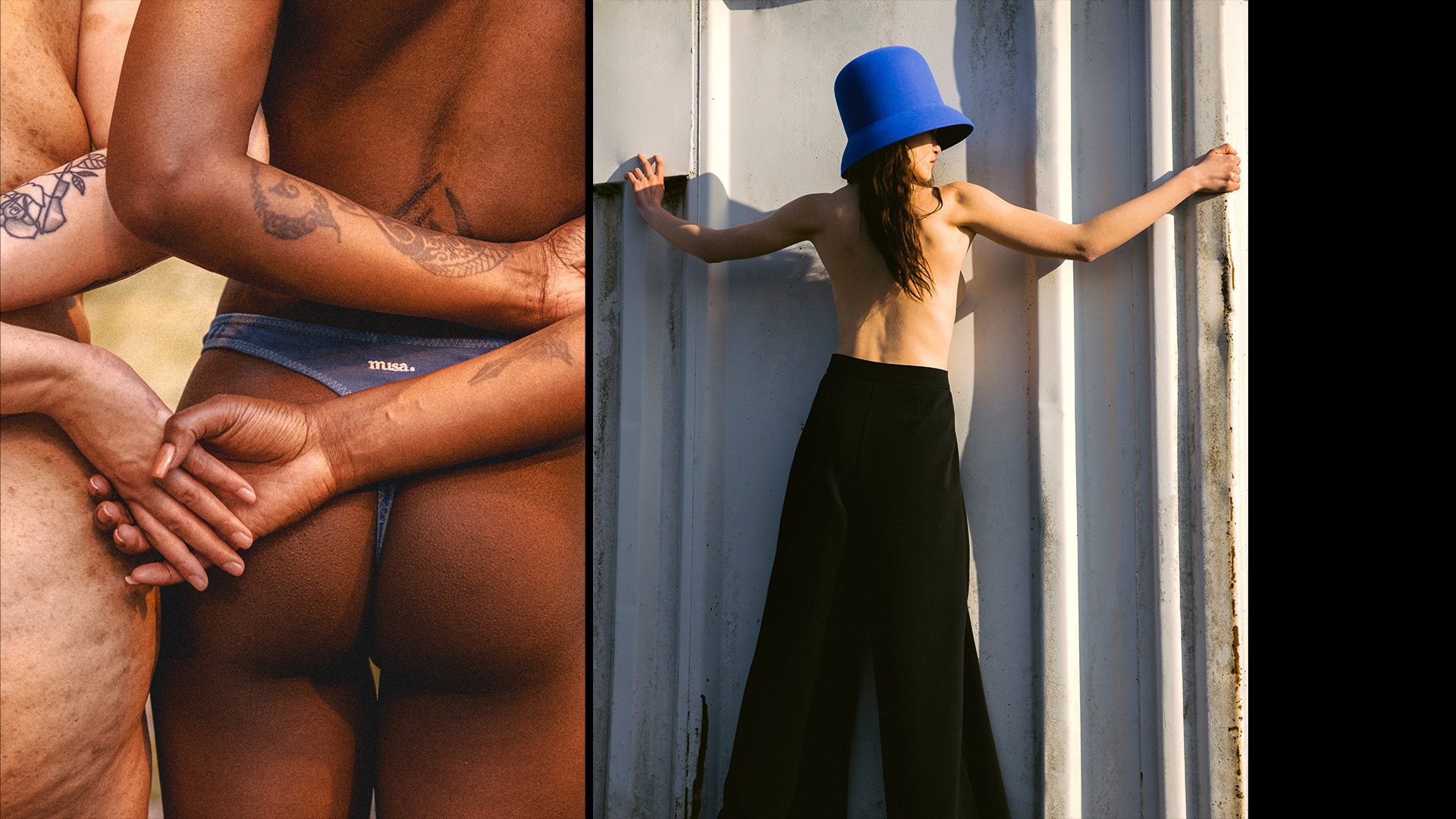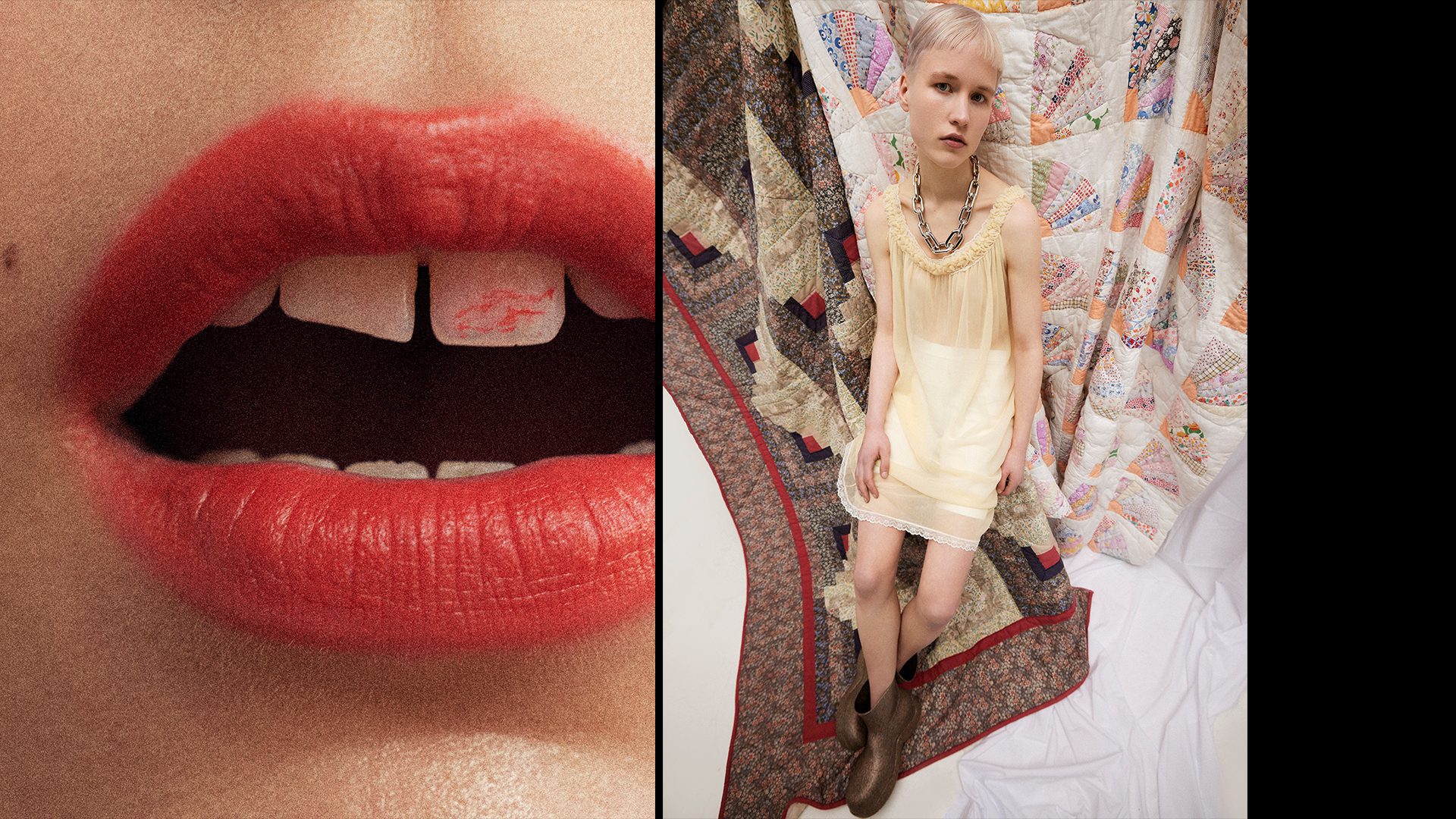In The Frame: Vivian Camphuijsen
In The Frame: an in-depth series where Eyeforce asks their talents burning questions about their recent work. They discuss the intricacies, the magic, the good and the bad. Let’s get the B-Roll rolling.
Photographer and artistic director Vivian Camphuijsen does not abide by the photography rules, yet her work is very calculated, always shooting with artistic intent. She does not consider herself a typical fashion photographer. In fact, Vivian seeks out human imperfection in the often perfect fashion world. Her photos evoke a vogue-esque feel, while creatively embodying a person’s eccentricity, femininity, and raw emotions. She reveals why establishing a symbiotic relationship between her and her model is essential, as well as why she chose to become an editorial photographer over being a war photographer.
What are your signature tell-tale signs that will give away “photography made by Vivian”?
Strong composition, graphic design involvement, sleekness, and dynamic posing. You will see my models with their feet up, arms bending, twisting, or the fabric will be moving. The posing has to be dynamic, quirky, and never static. I want to portray the idea that I’m shooting a story, and the spectator happens to see a snippet of it. The model should look through me, not at the camera, breaking the fourth wall if you will. The picture on the left looks as if the model is talking to me, as if we are having a conversation. I like to create photos where you can see I put the effort in; it can never look simple.
Coming from a family that does not work in the creative industry, how did you forge your own path to become a photographer?
My parents ingrained in me to strive for financial stability and to attain a certain level of structure in my life. As a result of their influence, at first I studied law, but the thought of being stuck in an office did not sit well with me. One day, I told my mom I wanted to pursue something creative. I studied photography alongside my law studies, knowing that establishing myself in the creative industry might not come without a challenge. But the values my parents instilled in me reflect in what I do until this day. If I slip, my diligence, structure, and determination put me on the right track again. At the end of the day, photography reminds me why I got into this industry in the first place. It makes me feel happy and fulfilled.
To what extent is your work influenced by contemporary art?
In art, I seek neat composition and symmetry, which translates into my photography as well. In terms of actual photography inspiration, I admire the work of Viviane Sassen, and her boldness to let the composition lead the story, instead of the model. She executes the shots with peculiar poses and experiments with various colour schemes and elements. It does not go unnoticed that she was a great inspiration to me when I studied photography. Even though I have moved toward my own style, her influence can be seen in my similar perception of photography in terms of movements and the use of colours.
Your artistic background is very eclectic. What made you drawn to fashion and editorial photography in the first place?
At first, I was determined to join the military as a legal advisor because I studied humanitarian law. I did not get in, so instead, I pursued photography, as I have always been fascinated by people. Initially, I thought I would become a war or a documentary photographer to merge my interests. Yet, this type of photography can be quite intimidating because you expose people’s vulnerability by interfering with their space. So there is a chance one might get angry at you for taking their photo. I would rather choose an environment where I’m in control of the narrative, and where the subject is on the same page with me. Fashion photography fosters that type of controlled environment; it allows you to implement different artistic elements, while capturing the stories through the eyes of the beholder. That is powerful in its own way.
Symmetry and composition are one of the overarching components in your photography. Does it come naturally to you or do you compose your frame using photography rules?
It comes naturally to me. In fact, my pictures are created with intent and control. I admire photographers who choose to take blurry photos or when they choose to crop the model’s body off the frame because it is bold. However, that is not my style. I like crisp, clean photos with a point of focus. Sharp composition, leading lines, and so on. Following photography rules, such as the rule of 2/3s, may be, however, quite old-fashioned. Even if you compose the photo perfectly, and the model is not showing the “correct” expression, you will never be able to tell the story. Your story comes down to how you envision the narrative.
How does light change the dynamic of your photos?
When working with natural light, shooting on a cloudy day keeps you in your comfort zone. Direct sunlight, however, makes the photos less flat. It challenges you to position the model in a way that makes the light work for you. Work with an intent. Think of how the shadows fall on the face and body, and what kind of depth they create. Direct sunlight should not ever be a hindrance. Never overexpose. Funnily enough, not everything can be created with intent.
When I was in the studio the other day, my colleague Omar R. Rosalina asked me: “So, let me guess… you want the light to be positioned on the right side of the model? (as he chuckled)” I stared at him blankly, only to realize I tend to subconsciously move my models in a way for the light to illuminate their faces from the right side (photo below). I guess a lot of choices come instinctively.
How do you establish intimacy in commercial shoots to convey the concept?
The obvious answer is that I talk to my models beforehand and give them positive feedback and reinforcement to establish a connection where the model feels safe and secure. Besides that, I aim to make them lose themselves in the moment, to become unaware. For instance, I give them confusing directions on purpose or tell them to make peculiar expressions to shift their focus away from their conscious behaviour and their body. When that happens, I’m able to take photos of their core, the realness of being human, and the intimacy I’m trying to capture.
Some of your projects are really intimate. For instance, some portraits are taken from up close or they involve a level of nudity. How do you establish a comfortable connection with your models to shoot these photos?
In my opinion, if you shoot nude photos, you can portray nudity without being nude. If you show a leg while the rest of the body is fully clothed, I consider that nude. You do not have to push for the nude concept just for the sake of it. For instance, Helmut Newton used nudity as a form of a power dynamic. My photos, on the contrary, have to evoke the essence of femininity, softness, and realness, and that can be achieved by styling, posing, and different facial expressions. I always ask the model if she is comfortable wearing certain clothes. It also helps that I look for a team that consists of women only. Overall, I try to feel whatever the model feels.
Your work often incorporates props, from mirrors to metal pieces. What role do these props play in your work?
Props elevate the photo by making the model and the story stand out. If you shoot a model in front of a white wall and nothing else, I will find it hard to create an in-depth story. Once, I was waiting for a duck to fly by the frame for 40 minutes in front of my model (right). This other time (middle), I used red foil in front of my lens to represent the complexity of human communication between people. I want my images to look as if they went through a lot of thought processes. Subsequently, props help me to reach that goal by fulfilling the symbolic and artistic nature.
How do you use different focal lengths to tell a story?
It ties to the way I pose my models. For instance, the photo below (left) was shot 3 metres away. I snapped this photo of her mouth with a tele lens, while she thought I’m capturing her entire body. In the right photo, I used a fisheye lens, while I was really up close to the model’s face. The model probably thought I’m taking a photo of her face only, while the result shows a distorted image of her whole body. I like to experiment with different lenses to try and catch the models off-guard. You get to catch moments “in between the lines”, capturing the uninhibited moments unfathomable to the eye.
WHAT IS YOUR GO-TO SONG THAT PUMPS YOU UP BEFORE OR THROUGHOUT A PROJECT?
And the living is easy! – Guts
